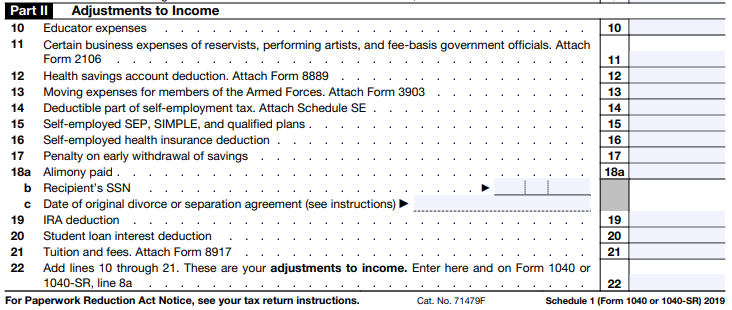Should You Purchase Voluntary Benefits?
September 10, 2018This year at open enrollment, rather than just evaluating whether you should switch your health insurance plan, make sure you’re looking into all the benefits that your job offers, some of which can save you money throughout the year on things you need already. Here are some of the more common voluntary benefits and who they are best for:
Voluntary life insurance
What it is: Your job probably already provides you with life insurance equal to a multiple of your annual income, and many companies also allow you to buy more than that at a fraction of the price you would pay for a separate policy on your own. This is a great way to add more coverage if you need it. Heads up: in order to join the plan if you’re not just starting your job, you may have to undergo underwriting, which often involves a questionnaire and/or a physical exam.
Who it’s best for:
- Parents who want to make sure their family would receive a pay-out if something happened to them.
- Homeowners who would want to pass their home on to heirs without a mortgage attached.
- Anyone concerned that they may not qualify for coverage in the future when they may need it.
Voluntary disability insurance
What it is: Again, your job probably already provides you with some type of disability, but there are varying levels of coverage and you may need more depending on your personal situation.
Why you might buy more:
- The percentage of your income that would be covered due to a short or long-term disability would not be enough for you to live on.
- You’re just getting started financially (or starting over) and have little or no savings to fall back on if you get hurt.
- You’re the primary earner in your family and you want to avoid your family having to make major sacrifices should you become disabled.
Supplemental insurance
What it is: Unlike disability insurance which basically provides you with a percentage of your paycheck if you’re unable to work due to a short or long-term disability, supplemental insurance pairs with your health, dental or vision insurance to pay costs that your primary insurance might not pay. Most policies cover just one type of thing, like accidents or cancer or dental or critical-illness, so make sure you’re clear on what you’re covering and where you’re still vulnerable if you elect this coverage.
For example, let’s say you broke your leg while hiking on vacation out-of-state. Disability insurance would replace a portion of your income while you’re out of work healing, but you’d still have to pay all the medical bills that come along with such an injury. Supplemental accident insurance would kick in to help out with those bills, so if you found yourself laid up at an out-of-network hospital after being air-lifted out of the woods, you wouldn’t have to be in as big of a rush to get out or at least to a different facility where you knew your health insurance would cover more of the costs.
Who it’s best for:
- People who are generally healthy so choose a higher-deductible health insurance plan, but want to be covered in case something does happen.
- Someone with little or no emergency savings.
- Anyone in a life situation where a medical issue could quickly devolve into a long-term financial crisis.
Pre-paid legal plans
What it is: You may have the opportunity to enroll in a group legal plan that offers access to legal services at little or no additional out of pocket costs to you. Most pre-paid legal plans offer free basic estate planning, legal assistance with traffic tickets and other common legal issues you may face. Make sure you know what’s covered though — a lot of people I work with own rental properties, but are surprised to learn that their workplace legal benefit doesn’t offer assistance with tenant issues, as it’s considered to be another “job.” (they usually help out if you are the tenant though)
The biggest mistake I see when people enroll in these plans is that they don’t use them — they sign up for a specific reason, then procrastinate the task and end up wasting a year’s worth of premiums.
Who it’s best for:
- Anyone who needs their estate plan written or updated.
- Anyone planning to buy or refinance a home or vacation home (but not rental property) in the coming year.
- Someone considering bankruptcy.
- Families planning to adopt.
- Couples planning to marry who want a pre-nuptial agreement.
When it comes to open enrollment, it’s worth your time to review all the benefits available to you through your workplace. You may be surprised to learn what’s available to you, even things you’re already paying for outside of work! (I was able to get a 17% discount added to our family cell phone plan just by enrolling the package we already had in place) Most of us undervalue our benefits at work, when your workplace very well could be your best financial services provider!


